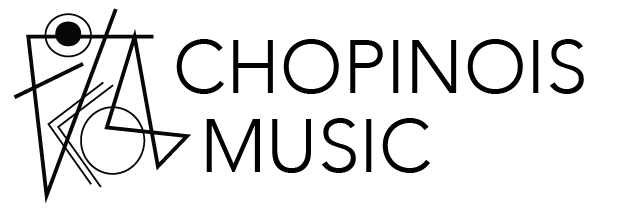Piano Learning and Practice: Two Different Steps!
“Learning” and “practicing” are two terms that many use interchangeably. While we can often substitute one for the other in casual conversation (“I’m going to learn Debussy’s “Clair de lune” and “I’m going to practice Debussy’s “Clair de lune”), it is really helpful when studying piano to think of these two words as having different meanings from each other.
So what is the difference? Learning is the process of figuring out what is supposed to happen in a piece of music, whether from a score, by ear, or by rote. This is the studying phase, the overview phase, where the pianist figures out what is going on in a piece and how they can make the music happen. Think of learning a piece like cooking a recipe, or building something from Ikea. It is important to read over the recipe or the instructions in these kinds of projects. We’ve all had the experience of trying to cook or build something without first reading over and understanding the whole process. Oops, my stir-fry is burning because I didn’t realize I needed to have chopped the garlic already! My new bookshelf is accidentally backwards from how it is supposed to be! Similar situations can happen studying a piece of music if we don’t first learn what is supposed to be going on.
Practicing, on the other hand, is the process of repetition (mindful, musical) of music we’ve already learned how to play, even if it is hands apart or very slow at first. Practice is how we take what we’ve learned about a piece and put it into our procedural (long-term) memory. In practicing, it is very important that we already have learned what to do so that we can create strong and healthy habits.
In general, learning happens first, and practicing happens second. Now, learning can continue to happen during practicing. There have been many times when I decide to change fingerings or try a different wrist motion after practicing what I first thought would work best and deciding to change to something else down the line. In particular, very fast music often benefits from fingerings that don’t necessarily make sense at a slower tempo.
So how can pianists and other musicians benefit from this?
Treat the sheet music/score as a set of instructions rather than a test. Remember that the composer WANTS you to play their music, and they wrote it down in the way they did to be as clear and helpful as they can be.
READ rather than sight-read the score (that is, without playing at all). It can be helpful to take the score away from the instrument entirely. Beyond the basics of key signature, time signature, and clefs, try to notice elements like hand positions and how often they change; technical elements like scales, arpeggios, chords, and other patterns; notice the fingering marks in the score (mostly from the editor, but if they are in italics, they are from the composer themself); try audiating the music, particularly the rhythm.
When in the learning phase at the piano itself, play very slowly and deliberately. Imagine it is like the very first time you are learning to cut onions. Focus on small actions and accuracy above all else.
Once you have learned enough to play with a steady tempo and good accuracy in the notes, articulations, and dynamics, now is the time to start practicing.
Trust in the process of practicing. If you play ten repetitions on the first day of practicing, the phrase will probably feel very good by the end of that day. The next day, it may feel like nothing sank in. This is normal! Expect it to take at least 3-4 days for practicing to lead to the feeling of deep knowledge and ease of playing something, longer if it is a particularly difficult passage for you!
This is just scratching the surface of learning and practicing music, but I wanted to start here for an important overview of how we should all approach studying the piano. In the coming weeks, look for more posts that go into more depth on both the learning and practicing phase, along with a discussion about the advantages and disadvantages of sight-reading in learning new music.
What do you think? If you have comments or questions, please leave them below!

